The Three Fingers of Death Have Arrived in Ukraine
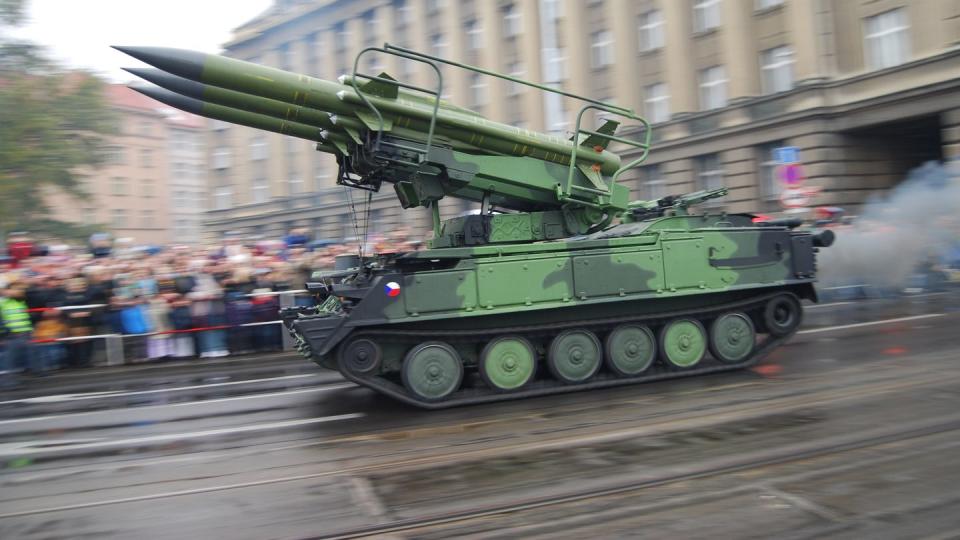
A photo posted August 25 shows that the Czech Republic’s upgraded Soviet 2K12M2 Kub-M2 air defense vehicles—nicknamed the “Three Fingers of Death”—are now active on the ground in Ukraine, supplementing a small number of Ukrainian Kubs already claimed in service.
Back on May 10, Czech president Petr Pavel stated he would transfer two Kub-M2 batteries to Ukraine, implying a total of six to eight launcher vehicles and two SURN 1S91 radar vehicles, as well as a “relatively large number” (ie. hundreds or low thousands) of 3M9 ramjet-powered anti-aircraft missiles. Now it’s clear at least some of those systems arrived.
#Ukraine/#Russia 🇺🇦🇷🇺:
First photo of 🇺🇦#Ukrainian 2K12M2 Kub-M2 mobile surface-to-air missile system delivered from 🇨🇿#Czechia.
Czech Republic promised Ukraine two Kub batteries.@Rebel44CZ @oryxspioenkop pic.twitter.com/WnzyndcUTl— 𝕻𝖗𝖆𝖎𝖘𝖊 𝕿𝖍𝖊 𝕾𝖙𝖊𝖕𝖍 (@praisethesteph) August 25, 2023
After 18 months of relentless warfare, Ukraine needs more air defense missiles broadly as it depletes stocks of old Soviet-era missiles fending off a two-front Russian onslaught: constant attacks by cruise missiles and Iranian-origin kamikaze drones hitting civilians in Ukrainian cities, while low-flying attack helicopters and fighter-bombers carry out pop-up attacks on Ukrainian troops on the frontline.
In service since 1967, the Kub (codenamed SA-6 Gainful by NATO) is undeniably dated, with each battery only able to engage a single target at a time. But it’s mobile—able to follow behind advancing frontline troops and deploy in five minutes—and could help Ukraine fill a short-to-medium range air defense gap dealing with low-flying drones, cruise missiles, helicopters and fighter bombers from farther away than most short-range defenses can.
Moreover, the donated Kubs-M2s are a unique Czech modernization by company Retia in the mid-2000s including an overhauled body/ chassises, followed by installation of modern cabling, power supply, NATO interoperable communications systems, and air-conditioning.
The SURN vehicle’s vacuum-tube-era radars and controls systems were digitized, improving jam-resistance and identify-friend-or-foe (IFF) through signal processing, while new displays and more heavily automated control systems allow for a smaller crew with reduced workload. The upgrade also extended service life of the vehicles and missiles, improved reliability, and decreased maintenance costs through use of digital self-diagnostic tools. As discussed later in this article, the extent and proposed upgrades for Czech 2K12s leaves open the possibility of upgrading them with Western missiles.
The Czech Army still retains at least two of its original four Kub-M2 batteries in 251st Battalion of the 25th Air Defense Regiment based in Strakonice, often deployed in defense of nuclear power plants. Prague will replace these with four truck-based Spyder-LR air defense systems purchased from Israel in a $627 million deal.
The Notorious Kub
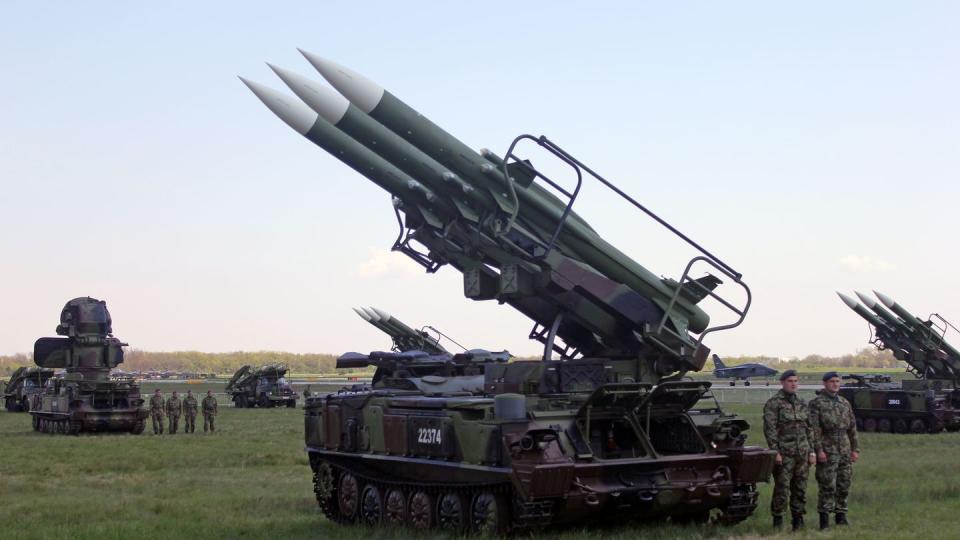
The Kub splashily debuted a half-century earlier in the October 1973 Yom Kippur war. In a few frantic weeks, 2K12s exported to Cairo destroyed an estimated 40 Israeli Phantom and Skyhawk jets attempting to counter-strike the Egyptian forces that had just seized the Israeli-held side of the Suez canal.
The missiles bedeviled the formerly unstoppable-seeming Israel Air Force due to being more effective against low-flying aircraft (down to 320 feet), and being able to hit powerful Phantom jets traveling at nearly twice the speed of sound from head on (or at Mach 1 from behind). The 2K12 also resisted electronic warfare systems Israeli pilots used to deal with older, static S-75 and S-125 (SA-2 and SA-3) missile batteries.
Unlike these towed-trailer predecessors, the tracked vehicle-based Kub batteries could easily redeploy to protect advancing troops and ambush approaching jets while concealed in unexpected positions.
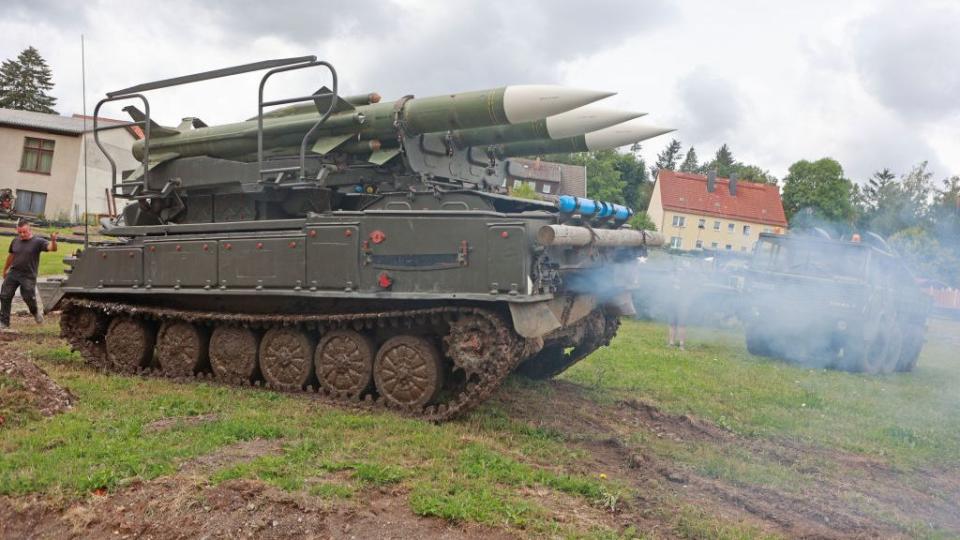
The Soviet Union had begun developing the 2K12 in 1958, seeking a flexible low- to medium-altitude air defense missile effective out to 12 miles range, complementing the conceptually similar but longer-ranged 2K11 Krug. Development of Kub’s then-advanced guidance and revolutionary booster-less solid-fuel ramjet engines took nine years to complete.
A Kub battery combines four 2P25 launcher vehicles with three 3M9 missiles each, one 1S91 ‘Straight Flush’ radar/command vehicle, and two 2T7M transloader trucks dedicated to carrying spare missiles.
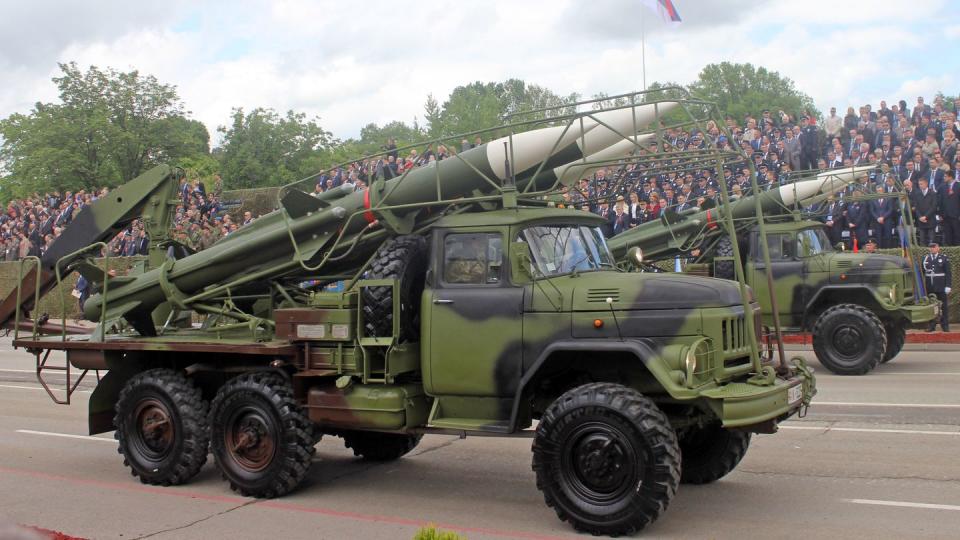
Soviet tank or mechanized divisions included a regiment with five Kub batteries for mobile short-to-medium range/altitude air defense.
The 3M9 missile measures 5.8 meters long, and has an effective range of 15 miles and maximum altitude 23,000-26,000 feet and (initially) a minimum of around 300 feet. The missiles were useless without the two radars of the Straight Flush vehicle: the 1S31 surveillance to detect and lock onto aircraft up to 47 miles away, and the shorter-range 1S11 continuous-wave radar used to illuminate a target for the 3M9 to home in on. A Kub battery could set up to fire in just five minutes, and reload its missiles by crane in 10-15 minutes.
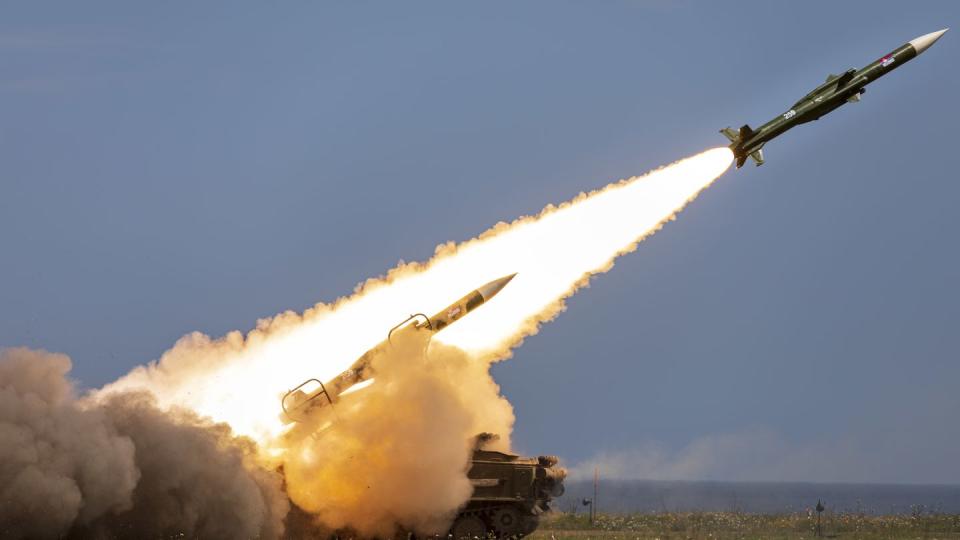
At launch, the 3M9 missile’s two-stage solid-fuel ramjet motor burns for 20 seconds, accelerating it to nearly three times the speed of sound. The missile initially arcs on an intercept course making course corrections radio-transmitted by the battery. But upon closing it switches to a 1SB4 doppler radar seeker that more precisely homes on the radar waves reflecting off the targeted aircraft from the Straight Flush’s 1S11 radar—a technique known as semi-active radar homing. A radar proximity-fuse detonates the missile’s 125-pound warhead upon closing within 30 meters of the target.
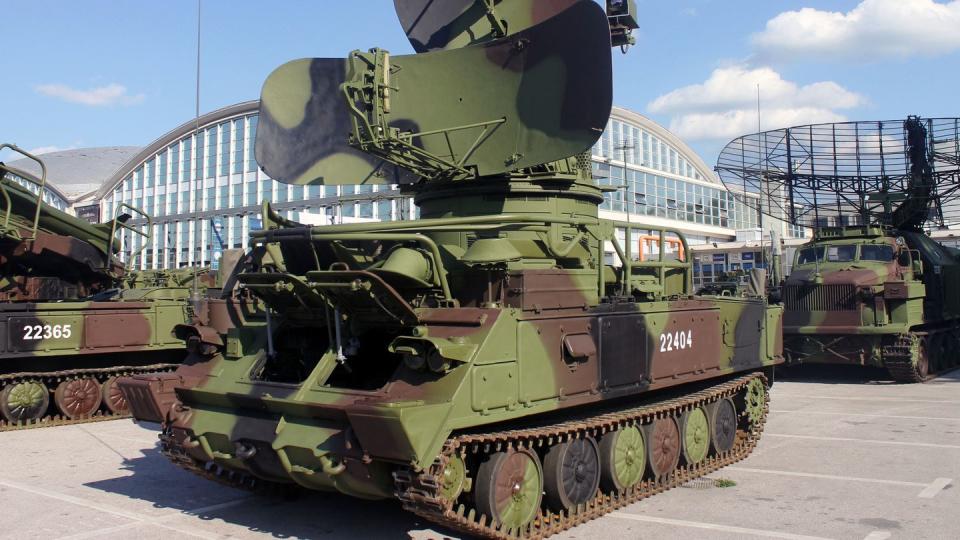
The Soviet Union rapidly iterated on the 2K12, between 1967-1977 developing improved Kub-M1, M3 and M4 variants (but no Kub-M2; that’s the Czech modernization). The M1 and M3 featured broadened maximum and minimum range and altitude, faster engagement time, increased maneuverability, hardening versus enemy countermeasures, and introduction of optical targeting as a backup to radar guidance. The ultimate Kub-M4 (SA-6B) was a hybrid of the Kub-M3’s guidance vehicle with the 9K37 launch vehicle of the forthcoming Buk-M1 system which succeeded the Kub, increasing the maximum altitude to 46,000 feet, and allowing engagement of two targets simultaneously.
However, the 2K12’s big splash in 1973 led to captured vehicles and missiles being closely studied by Western experts to develop effective tactics and equipment to mitigate the Kub’s effectiveness. In 1980s-era wars in Lebanon and Angola/South Africa, Israeli and South African militaries preemptively destroyed Syrian, and Angolan and Cuban S-125 batteries, respectively, before they could do much damage.
Still, when inadequately suppressed, Kub batteries lurking in ambush remained a serious threat even to fast or high-flying jets, downing a Libyan Tu-22B supersonic bomber over Chad, Moroccan Mirage F1 fighters over Western Sahara, and two U.S. Air Force F-16 jets over Iraq and Bosnia and an MQ-9 drone over Yemen. (The downing of Scott O’Grady’s F-16 over Bosnia formed the basis of 2002 war film Behind Enemy Lines.)
The Kubs of NATO and Ukraine
In the early 2000s, Kyiv retired all four of its Kub-equipped air defense regiments (ie. 20 Kub batteries total), choosing to focus on its more modern Buk systems. But after Russia’s 2014-2015 invasion, Ukraine’s Aerotekhnika company began working on restoring some of the 89 Kub-M3 vehicles in storage to operational condition.
The company along the way developed a modernized Kub M3/2D model using digital signal processing algorithms enhancing the radar's discrimination against jamming and ground clutters. A test launch of the restored Kubs took place February 2019 in Kherson, which you can see in a promotional video for the Kvadrat-2D below.
Kyiv had plans to equip two Kub regiments with 10 batteries between them. But progress was slow, and a 2017 ammunition explosion in Balakliya—possibly due to sabotage—also destroyed an unknown number of 3M9 missiles.
Media reports indicate two Ukrainian Kub units were declared operational by 2021—though a leaked Pentagon document in 2023 claims only one Kub unit was active when Russia invaded. It’s unclear whether Kyiv restored more since. Little media of 2K12’s operational use, nor any showing their destruction by Russia, has surfaced so far, suggesting limited active numbers—that is, if any were active at all prior to Czech and Slovakian donations.
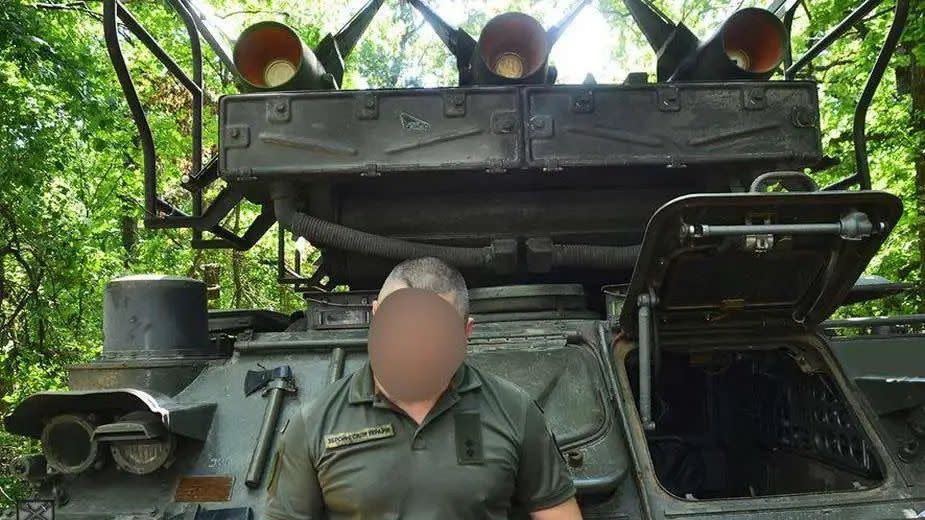
Meanwhile, more Kub launchers remain in service with NATO states Bulgaria, Hungary, Poland, Romania and Slovakia.
The Slovakian Air Force operates 4-5 Kub batteries in the second group of the Nitra-based 11th Brigade. In March 2023 it donated two Kub launchers, one 1S91 radar vehicle, and 200 3M9ME and 3M9M3E missiles to Ukraine. Slovakia’s remaining 3M93M3E missiles will expire by 2027.
Romania and Hungary, meanwhile, appear inclined to hold onto and modernize their Kub batteries to serve a while longer. Poland and Bulgaria, however represent potential sources of donations of Kub systems, and older Soviet-era 3M9 missiles.
Some other notable remaining Kub operators include Armenia, Cuba, Egypt, India, Iran, North Korea, Serbia, and Vietnam.
The Kub and the Sparrow?
Despite their theoretical mobile frontline capabilities of the Kub, many observers assume the dated weapons are principally attractive for providing additional shots defending against low-flying Shahed drones and subsonic Kalibr and Kh-101 cruise missiles, well away from Russia’s more modern counter-air defense systems.
However, the Czech donation of Kubs highlights the intriguing curious possibility of upgrading Ukraine’s Kubs to fire Western missiles—particularly as sourcing out-of-production Soviet missiles could pose long-term problems.
That’s because back in 2011, Czech firm Retia showed off a prototype ‘Kub-CZ’ with upgraded radar capable of firing Italian-built ASPIDE radar-guided missiles housed in boxy launch cannisters. This amounted to a genuine franken-vehicle combining Soviet, Italian, American and Czech components.
The missiles have maximum speed of Mach 4, range of 25km and have a 32kg warhead.
Missiles were now housed in compact launch containers, thus eliminating the need for constant loading onto launch rails and stacking on transport/loading vehicles. SURNCZ radar was used for guidance pic.twitter.com/COoHvzhbC9— 𝕻𝖗𝖆𝖎𝖘𝖊 𝕿𝖍𝖊 𝕾𝖙𝖊𝖕𝖍 (@praisethesteph) January 9, 2023
The Aspide is derived from the American AIM-7 Sparrow medium-range radar-guided air-to-air missile, but with new maneuvering fins, higher-powered engine, warhead, hydraulics and more jam-resistant inverted monopulse passive radar seeker. According to a datasheet, it can engage aircraft skimming as low down as 80 feet high out to 7.5 miles away.
Ukraine already has a battery or two of trailer-based Spada 2000 launchers armed with Aspide 2000 missiles gifted to it by Spain, giving Kyiv some experience and common inventory should it resurrect the Czech proposal. But an even more intriguing evolutionary path could involve adapting Kubs to fire U.S.-built RIM-7 and RIM-162 Sea Sparrow naval air defense missiles sharing common design lineage with the Aspide.
Both are versatile but primarily optimized for smacking down incoming sea-skimming cruise missiles, these are also effective against both low and high-flying targets. The RIM-162 Evolved Sea Sparrow (ESSM) has much longer range than either 3M9 or Aspide.
Except it wasn't Ukraine who came up with it. Raytheon and WZU Sa back in 2012 had worked on RIM-162s on a 2k12 Kub. Not a huge stretch to fire RIM-76s from a Buk.https://t.co/YLLZhCiWJj pic.twitter.com/WHUF7peAy4
— Crossit (@2107crossit) January 6, 2023
If the million-dollar missile were mounted on Kubs, it would require a longer-distance target illuminating radar to leverage that increased range, unless using the latest Block II ESSMs which have their own built-in active radars seekers.
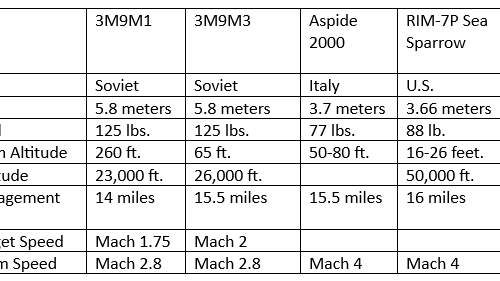
Indeed, in the late 2000s, Polish company WZU has also displayed two different Kub conversion capable of launching ESSMs, either mounting the missiles directly on the launch rack, or inside new cannisters. In the picture below note the dramatic size difference of the Sea Sparrows compared to the 3M9 missile on the center rack.
Technology is there. About 15 years WZU nr2 integrated Sea Sparrow into 2K12 ”Kub”. pic.twitter.com/EBQtNrtQGB
— Kamil Sietes (@KSietes) January 6, 2023
How easy such modification would be is unclear, but Ukraine already has found the means to fit RIM-7 missiles to its Buk medium-range systems. The more cutting-edge RIM-162s, however, have not been supplied at least publicly.
Time will tell whether Ukraine’s military will deem it worthwhile to devote resources to upgrading its modest but growing Kub arsenal to fire Western missiles—much like it’s preparing its newer Buk launchers to do so.
You Might Also Like
